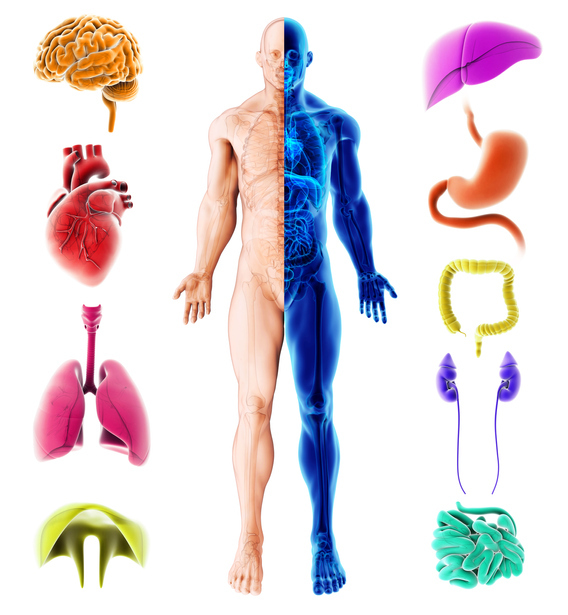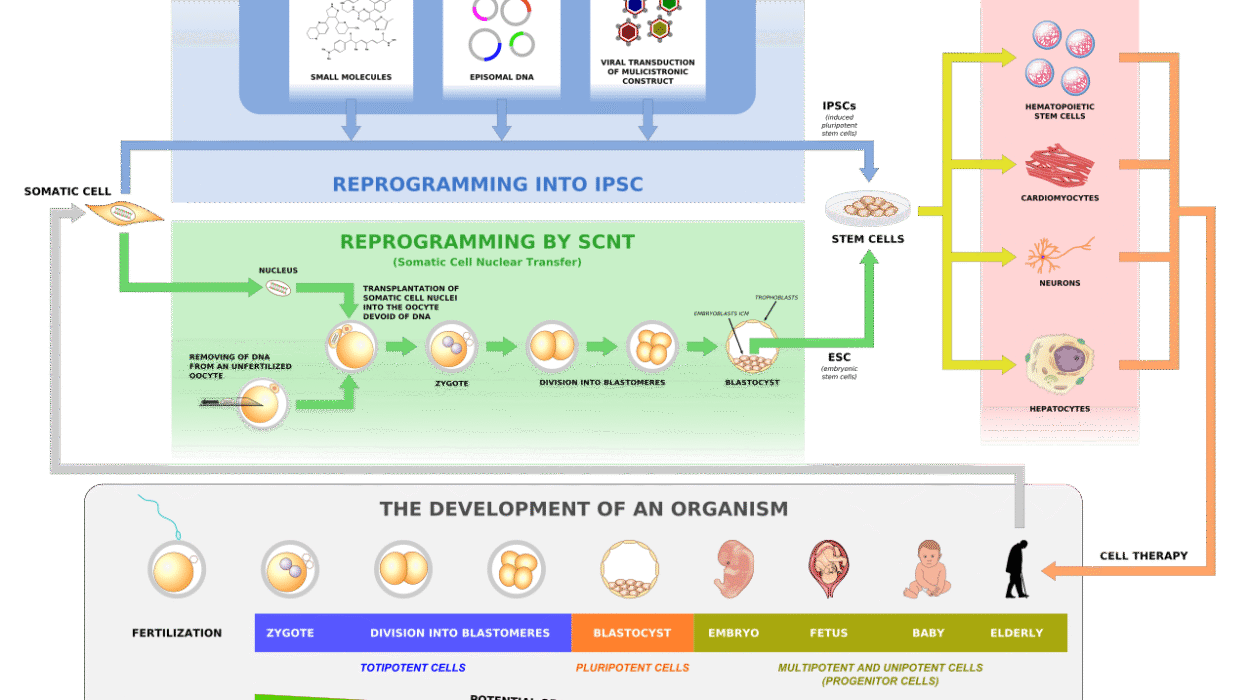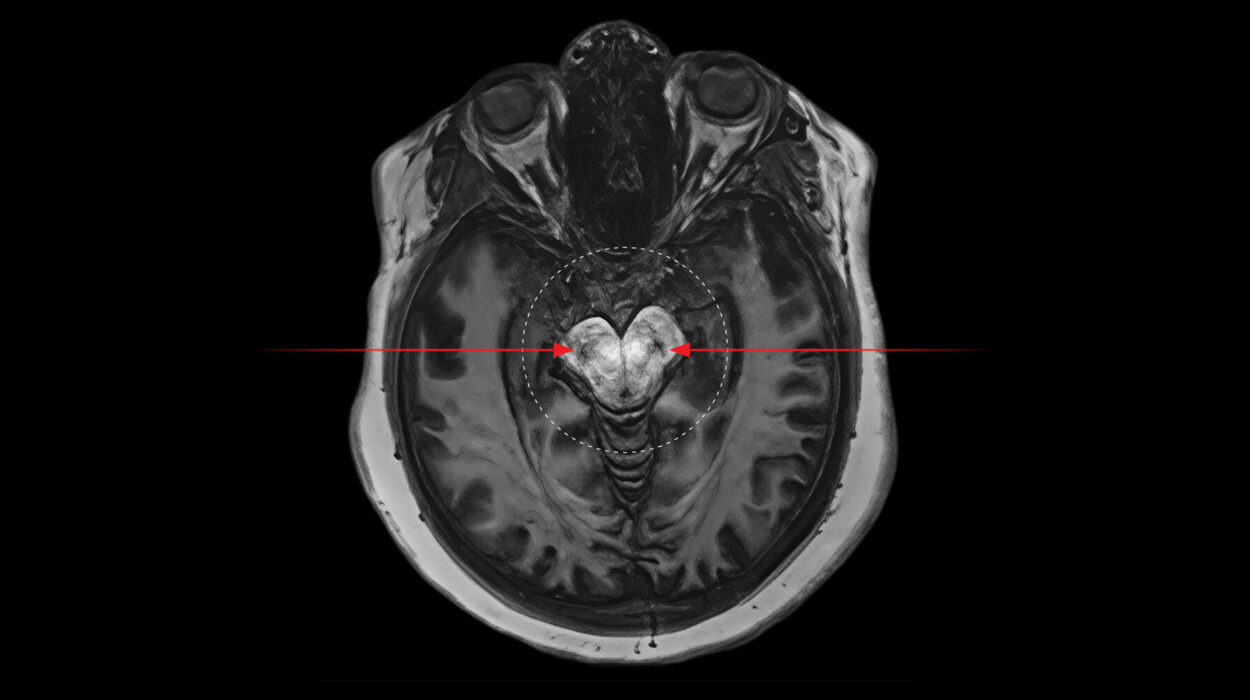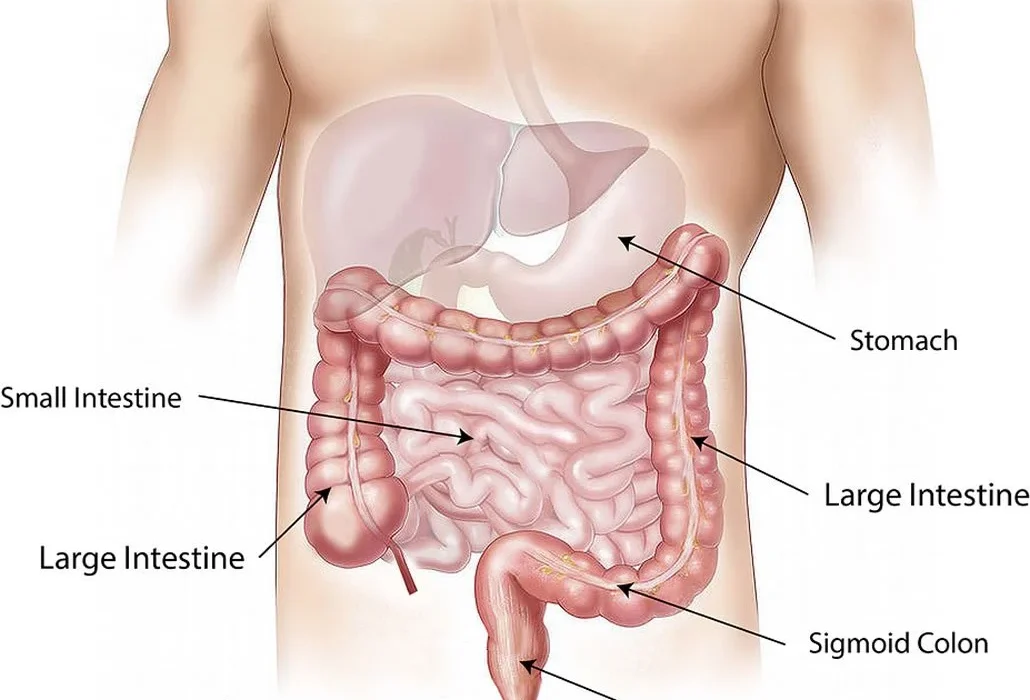The human body is a wonderland of complexity. Beneath your skin, right now, are trillions of cells working in orchestrated harmony—pumping blood, sending signals, digesting food, fighting infections, growing hair, and a thousand other things you never consciously think about. We move, breathe, think, sleep, and live because of processes occurring simultaneously across our organ systems.
Yet when students first step into the world of biology or medicine, they quickly encounter two words that dominate everything: anatomy and physiology. These two fields form the very foundation of health sciences, yet they are often misunderstood or blurred together. What is anatomy? What is physiology? And more importantly, why does the distinction between them matter?
To truly understand the human body—and any living body—we must learn to appreciate not just what it is made of, but also how those parts work together. That’s the heart of the difference between anatomy and physiology.
In this article, we will journey deep into both fields, unravel their connections, highlight their differences, and explore why the study of one is incomplete without the other. Along the way, we’ll dive into history, real-world applications, and some fascinating facts that make the study of life a never-ending marvel.
Defining the Fields: Anatomy and Physiology
At the most basic level, anatomy is the study of structure, while physiology is the study of function.
Anatomy asks, “What is it? Where is it located? What does it look like?” Physiology asks, “What does it do? How does it work? What happens when it fails?”
Think of anatomy as the blueprint of a house—walls, doors, windows, rooms, wiring. Physiology is the functionality—how electricity flows, how heating works, how plumbing delivers water. The layout of the body is anatomy. The operations of the body are physiology.
But this separation is not rigid. In fact, to understand either fully, you need both. You can’t understand how the lungs oxygenate blood (physiology) without knowing where alveoli are located (anatomy). Likewise, knowing the structure of the kidney means little unless you understand how it filters blood.
Let’s dive deeper into each discipline.
The Art of Structure: What Is Anatomy?
Anatomy is the branch of science concerned with the bodily structure of humans, animals, and other living organisms. It is about what things are, where they are, how they are organized, and how they relate spatially.
Anatomy can be divided into several subfields:
Gross Anatomy
This is the study of large, visible structures that can be seen without a microscope. It includes organs, muscles, bones, and tissues.
It is often studied via dissection, which allows students and scientists to examine the interior of organisms directly.
There are two ways to approach gross anatomy:
- Systemic anatomy: studying the body by systems (e.g., the digestive system, the nervous system).
- Regional anatomy: studying the body by specific regions (e.g., the head, the arm, the pelvis).
Microscopic Anatomy
This focuses on structures too small to be seen with the naked eye and requires a microscope. It includes:
- Histology: the study of tissues.
- Cytology: the study of cells.
Microscopic anatomy is essential for understanding how cells and tissues interact in normal and diseased states.
Developmental Anatomy
This subfield examines how the body changes from conception to adulthood. It includes embryology, which focuses on the earliest stages of development.
Understanding developmental anatomy is crucial for detecting congenital anomalies and for advancing prenatal medicine.
Comparative Anatomy
This branch compares anatomical structures across different species, providing insights into evolution and adaptation. It’s why the wing of a bat, the flipper of a whale, and the arm of a human all have similar underlying bone structures—homologous structures that tell a story of common ancestry.
The Dance of Function: What Is Physiology?
While anatomy gives us the “what” and “where,” physiology explains the “how” and “why.” It is the study of how living organisms function at every level—from molecules to organs to entire systems.
If anatomy is the static map, physiology is the moving vehicle. Physiology answers questions like:
- How do neurons transmit signals?
- How does the heart maintain blood pressure?
- What triggers the feeling of hunger?
- How do kidneys regulate electrolyte balance?
Like anatomy, physiology is divided into several areas:
Human Physiology
This explores how the human body works. It includes specialized areas such as:
- Neurophysiology: function of the nervous system.
- Cardiovascular physiology: how the heart and blood vessels operate.
- Respiratory physiology: gas exchange and breathing mechanisms.
- Endocrine physiology: how hormones regulate body functions.
Cell Physiology
This examines how individual cells carry out vital processes like energy production, protein synthesis, and cell division.
Pathophysiology
This branch studies the physiological changes associated with disease and injury. For example, what happens to blood pressure during a stroke? How does diabetes alter glucose metabolism? It’s vital in clinical medicine.
Comparative and Environmental Physiology
These fields study how animals and plants function under different environmental conditions. How does a camel conserve water in the desert? How do deep-sea creatures withstand high pressure?
A Marriage of Structure and Function
Although anatomy and physiology are distinct fields, they are deeply intertwined. Structure determines function, and function can shape structure over time.
Consider the human lung. Anatomically, it is made up of branching airways that end in tiny alveoli. This structure increases surface area dramatically—there are about 300 million alveoli in the lungs, creating a surface area the size of a tennis court. Physiologically, this design enables efficient gas exchange between air and blood.
Another example: the heart’s thick muscular walls are anatomical features designed for the physiological function of pumping blood throughout the body.
In cases of chronic disease, structure and function change together. In heart failure, for instance, the heart muscle may enlarge (anatomy) in an effort to compensate for reduced pumping efficiency (physiology).
This interplay is essential to both medicine and biology. Doctors must understand anatomy to perform surgery, but they must understand physiology to manage disease. Biologists must study structure to understand evolution, but function to explain behavior.
A Brief History: From Dissection to DNA
The roots of anatomy and physiology stretch deep into human history.
In ancient Egypt and Greece, early anatomists like Herophilus and Erasistratus performed public dissections. Galen, a Greek physician in Rome, wrote influential texts that guided medical thinking for over a millennium—despite being based largely on animal dissection.
The Renaissance marked a revolution. Andreas Vesalius, in the 16th century, challenged centuries of dogma with his landmark work De humani corporis fabrica, based on careful human dissection. His illustrations, groundbreaking for their accuracy, laid the foundations of modern anatomy.
Meanwhile, physiology began to blossom with scientists like William Harvey, who in the 17th century described blood circulation in unprecedented detail.
By the 19th and 20th centuries, with the invention of microscopes, biochemistry, and molecular biology, physiology expanded to include cellular processes, chemical reactions, and genetic regulation.
Today, both fields are informed by incredible technology: MRI and CT scans for anatomy, and electrophysiology and genomics for physiology.
The Tools of the Trade
Modern anatomy and physiology use powerful tools to uncover the mysteries of the body.
In anatomy:
- Dissection remains key in education and research.
- Medical imaging like X-rays, CT scans, MRI, and ultrasound provide non-invasive ways to view internal structures.
- 3D modeling and virtual reality now allow students to interact with anatomy in immersive environments.
In physiology:
- Electrophysiology tracks electrical activity in neurons and the heart.
- Spectroscopy analyzes biochemical reactions in cells.
- Telemetry allows real-time monitoring of vital signs in patients or animal studies.
- Bioinformatics uses computer models to simulate complex physiological systems.
These tools allow clinicians to diagnose disease, researchers to uncover new knowledge, and educators to train the next generation.
Why the Distinction Matters in Medicine
In clinical practice, understanding both anatomy and physiology is non-negotiable.
A surgeon must know not just where the gallbladder is, but also what it does and how removing it affects digestion. A cardiologist must understand the structure of heart valves and the physiological consequences of their failure.
Pathology—disease—is essentially a disruption of normal structure and function. Cancer, for example, is the result of abnormal cell anatomy and physiology. Knowing both is essential for treatment.
Pharmacology, too, relies on both. Drugs act on physiological pathways, but their delivery depends on anatomical realities—like whether a medication reaches the brain or is filtered by the kidneys.
Even in mental health, anatomy (such as brain regions) and physiology (like neurotransmitter function) intersect constantly.
Learning Anatomy and Physiology: Challenges and Joys
Students often find these subjects daunting. There are endless terms to memorize, complex processes to understand, and systems that interrelate in ways that seem overwhelming.
But it’s also deeply rewarding.
Learning these subjects is like learning the language of life. The more you know, the more everything makes sense—from why you breathe faster when running to how aspirin reduces inflammation.
The best way to learn is through integration. Don’t separate anatomy and physiology in your mind. When you learn about the structure of the kidney, immediately ask how it works. When you study nerve signals, picture the neurons involved.
Use visuals, videos, 3D models, and simulations. Study in small chunks and revisit concepts often. Most importantly, relate it to your own body—after all, you are living proof of these systems in action.
The Future of Anatomy and Physiology
The future of these fields is brighter than ever.
Technologies like functional MRI, genome editing, nanotechnology, and artificial intelligence are transforming how we study both structure and function. We can now model entire organs on computer simulations, grow tissues in labs, and monitor real-time activity in the brain.
Anatomical variants are being mapped with greater detail, helping personalized medicine. Physiological diversity—how people differ in how they process drugs, for instance—is becoming central to healthcare.
Meanwhile, educational approaches are becoming more interactive, with augmented reality dissections, virtual cadavers, and AI-powered tutors.
As we deepen our understanding of the human body, the once-clear line between anatomy and physiology continues to blur. The goal is not to separate them, but to unite them into a complete picture of what it means to be alive.
Final Thoughts: Two Sides of the Same Coin
In the end, anatomy and physiology are not competing disciplines. They are partners in the exploration of life. One tells us what is, the other tells us what happens.
To study the body is to study both form and function. Whether you’re a student, a healthcare professional, a researcher, or just a curious mind, understanding these twin sciences opens the door to a deeper appreciation of the human body—and of life itself.
So next time your heart races, or your stomach growls, or your arm flexes—remember: it’s not just biology in motion. It’s the seamless union of structure and function, a duet played in perfect harmony.
That’s anatomy and physiology.






